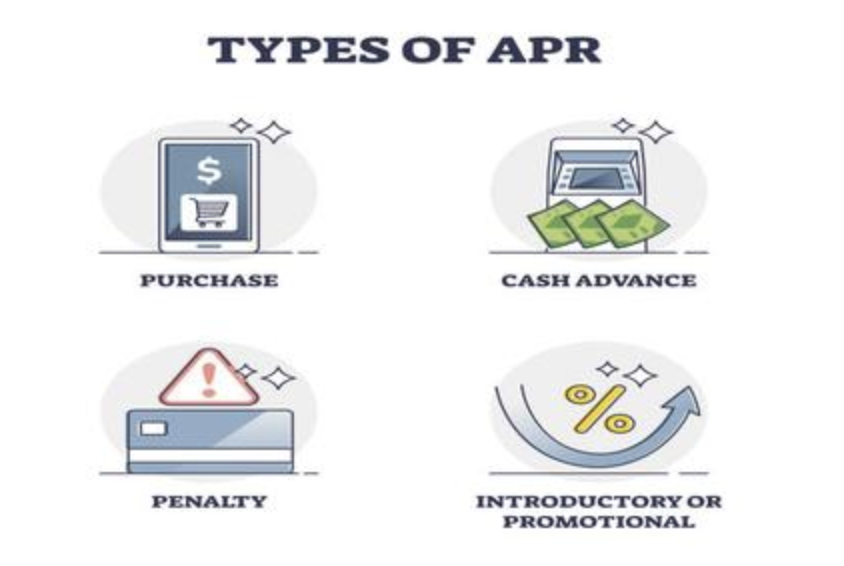The world of currency is being fundamentally reshaped. From cash to digital currencies, blockchains and cashless transactions, the new revolution is taking focusing stage. Of course, this shift is not solely about technology. It goes deeper into how we interpret, use, and attach value to money. How ready are you for this magnificent currency shift? Let us dive into what drives this revolution, the opportunities it presents and how you can adapt.
Why is the Currency Shift Occurring?
The shift from cash to digital is not a whim. Many events are propelling this transition, each with its pros and cons.
- Technological Innovation: Blockchain and cryptocurrencies such as Bitcoin and Ethereum have changed the way we think about currency. Blockchain technology guarantees safe, transparent transactions without the need for a central authority. Statista projects that by 2024, more than 420 million people worldwide will use cryptocurrency, motivated by the desire for faster and safer transactions.
- Consumer Demand for Convenience: Cashless payments are efficient, fast, and hassle-free. Digital wallets, including Apple Pay, Google Pay, and PayPal, have ensured people can make transactions using only a tap. According to Mordor Intelligence, in 2023, the global digital payment market reached more than $10 trillion and is estimated to touch $19 trillion by 2027.
- Government Push for Financial Transparency: Governments are pushing for digital currencies to ensure that tax compliance improves and illegal activities decrease. Central Bank Digital Currencies are slowly but surely picking up speed, with countries like China and the EU in the forefront. The People's Bank of China has already introduced the digital yuan to ease transactions and increase transparency.
Prospects of the Great Currency Shift
- Financial Inclusion: One of the promising advantages of digital currencies is the inclusion of the unbanked. The World Bank states that there are approximately 1.4 billion adults that remain unbanked. Digital wallets and cryptocurrencies will help remote individuals to gain access to financial services without necessarily using a traditional bank.
- Cost Cutting for Companies: Digital payments reduce transaction costs for businesses. For instance, international transfers traditionally cost a staggering 7% in fees. On the other hand, cryptocurrency transactions minimize expenses to less than 1%. Companies such as Tesla and Microsoft have already implemented crypto payment systems, which mark an end to corporate finance as it is known today.
- Faster Transactions: Traditional banking systems can take days to make payments, especially cross-border ones. Digital currencies allow minutes for transactions to settle. For example, Ripple's XRP enables cross-border payment in seconds, saving more time for both businesses and customers.

Challenges to Consider
- Volatility of Cryptocurrencies: Although digital currencies offer many advantages, but they come with risks especially volatility. For instance, the price of Bitcoin fluctuated between $16,000 and $68,000 in a single year. Such volatility makes cryptocurrencies less reliable for everyday transactions and savings.
- Regulatory Uncertainty: The regulation of digital currencies is very different. For example, El Salvador has embraced Bitcoin as legal tender, while India has banned them outright. This makes the landscape for businesses and individuals unpredictable. Investors need to keep themselves updated on local regulations, so they do not fall into a trap.
- Security Concerns: Despite blockchain technology is secure, but the broader digital payment landscape isn’t immune to cyberattacks. As per Chainalysis, In 2022 alone, crypto-related hacks cost investors over $3.8 billion. Protecting digital assets with strong passwords, two-factor authentication, and hardware wallets is crucial.

How You Can Prepare for the Shift?
- Educate Yourself: Know the basics of digital currencies and blockchain. You can find many free courses and resources online. First, learn how Bitcoin, Ethereum, and CBDCs work.
- Diversify Your Investments: If you are going to invest in digital currencies, you should diversify your investments. Do not put all your money into one asset. Instead, balance your traditional investments such as stocks and bonds with cryptocurrencies to reduce the risk.
- Use Reliable Platforms: Whether you’re investing in crypto or using digital wallets, choose trusted platforms. Exchanges like Coinbase and Binance follow strict regulatory guidelines and offer enhanced security features.
The Role of Central Bank Digital Currencies (CBDCs)
CBDCs are going to be the next big thing in the future of money. CBDCs are issued and regulated by the central bank, making them stable and trustworthy. The European Central Bank has planned to introduce its digital euro by 2026, and Nigeria has already released its eNaira.
CBDCs can help to fill the gap between the traditional fiat currencies and innovations in digital by providing secure, government-backed alternatives to the volatile cryptocurrencies.

Future Prospective
This is more than just a technological trend, but a financial revolution; the great currency shift is on its way. Time to change: Digital currencies and blockchain are redesigning how business is done. And even with all the risks associated, no one can deny greater inclusion in finances, lower cost of operations, and faster execution of transactions. So, learn, diversify your investment and choose the safest platforms you can rely on. Are you ready for this change? The future of money is digital, and it's already here.

Judging: Is a Financial Product Worth Investing?

Installment Plans: Trap or Financial Tool for Youth?

Is Insurance an Expense or an Investment?

Financial Health of Young Adults: Digital Banking's Role

Credit Card Strategy: Maximize Rewards

Future Trends of Digital Wallets & Mobile Pay

Self - Employment vs Employment: Unraveling Financial Mindsets
